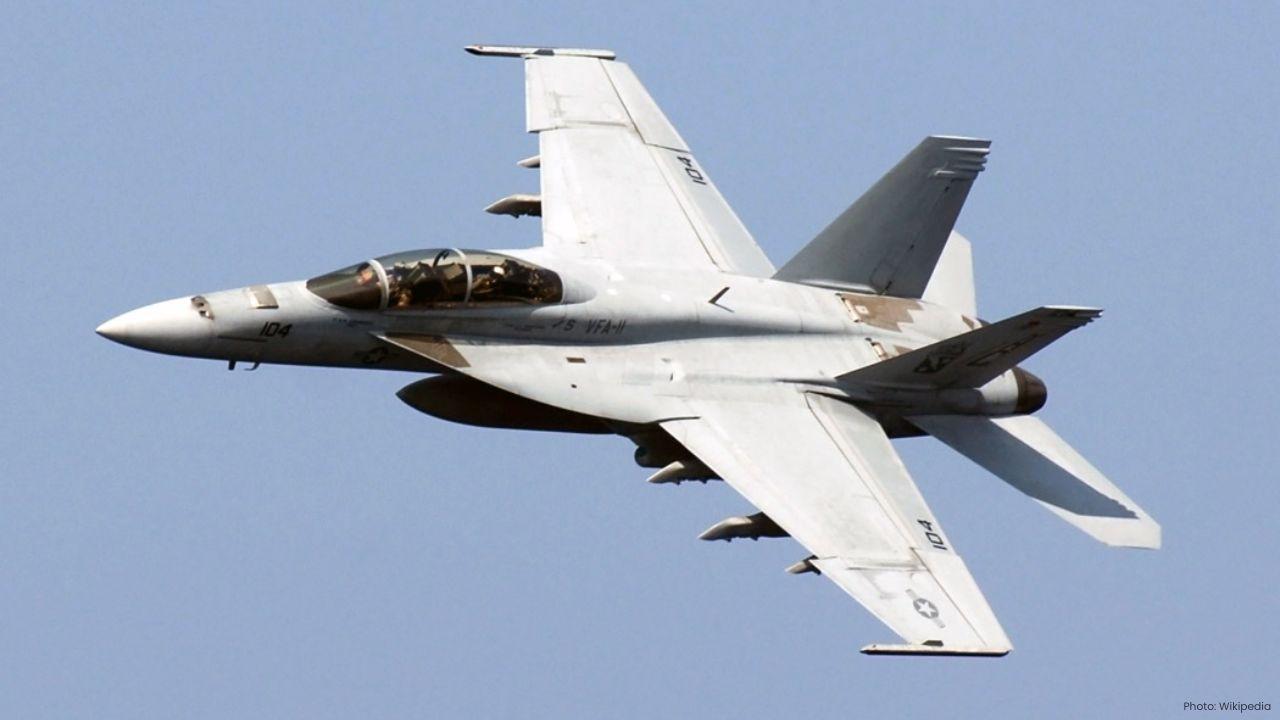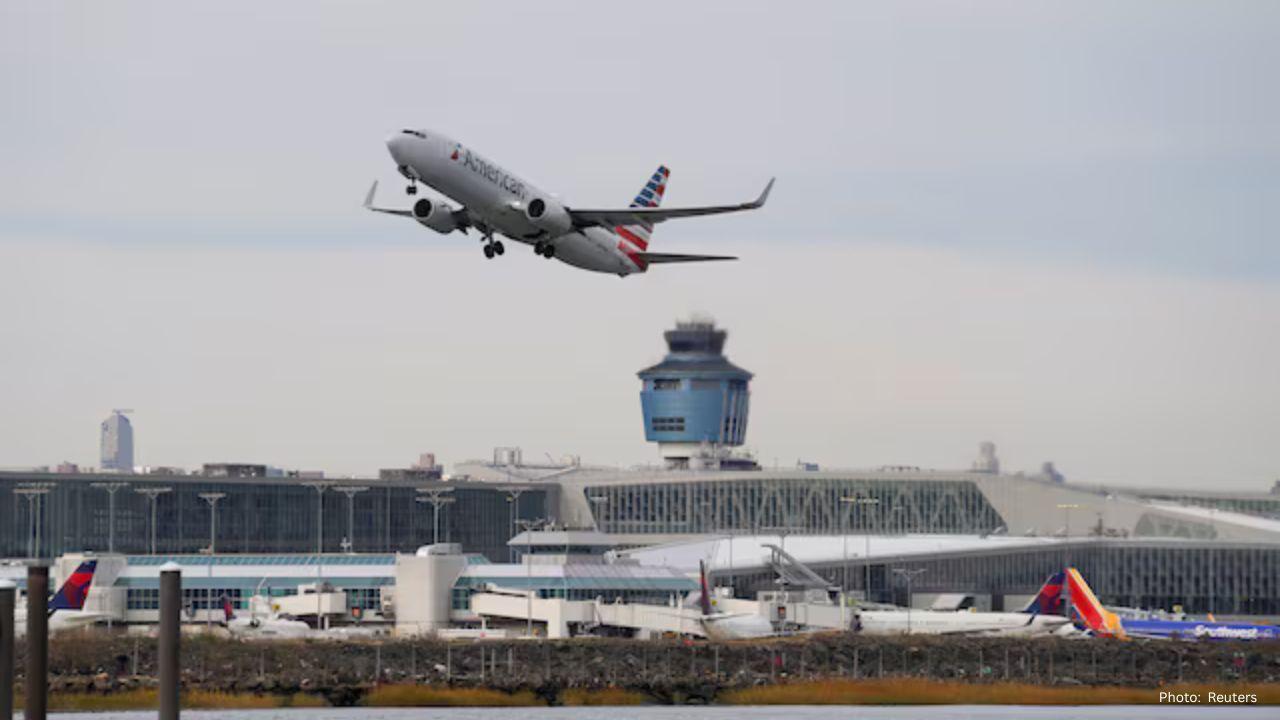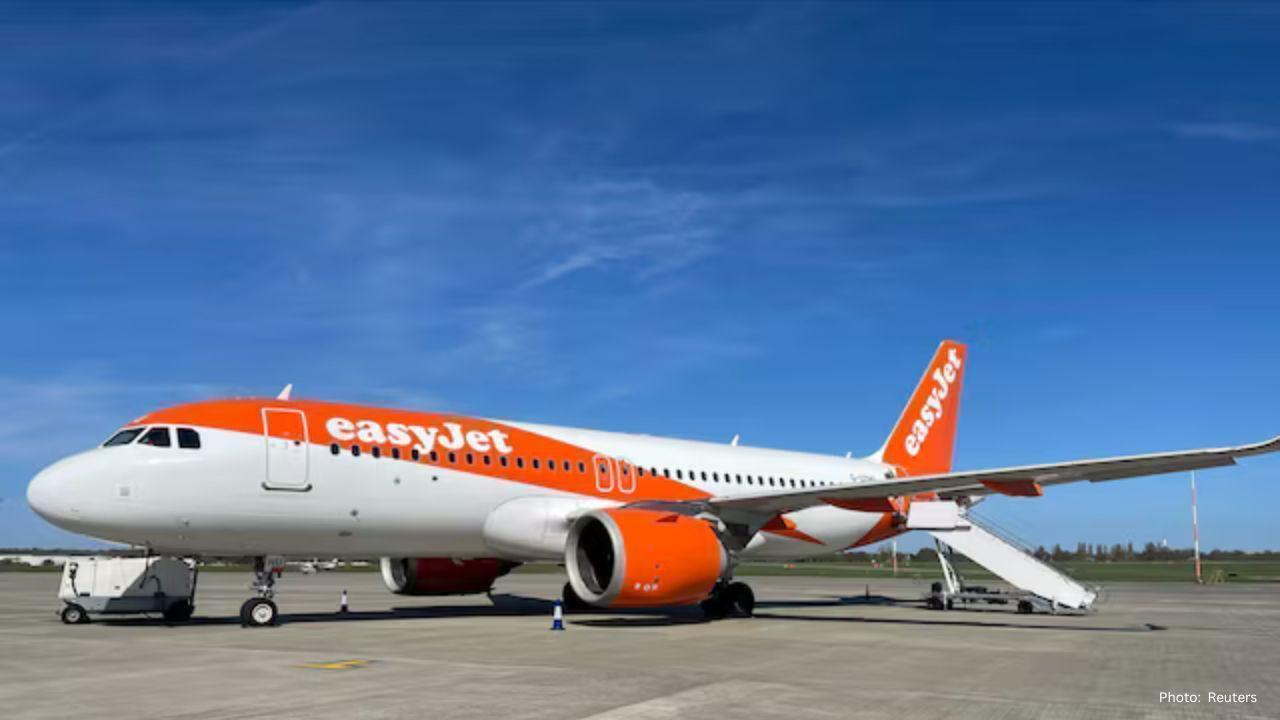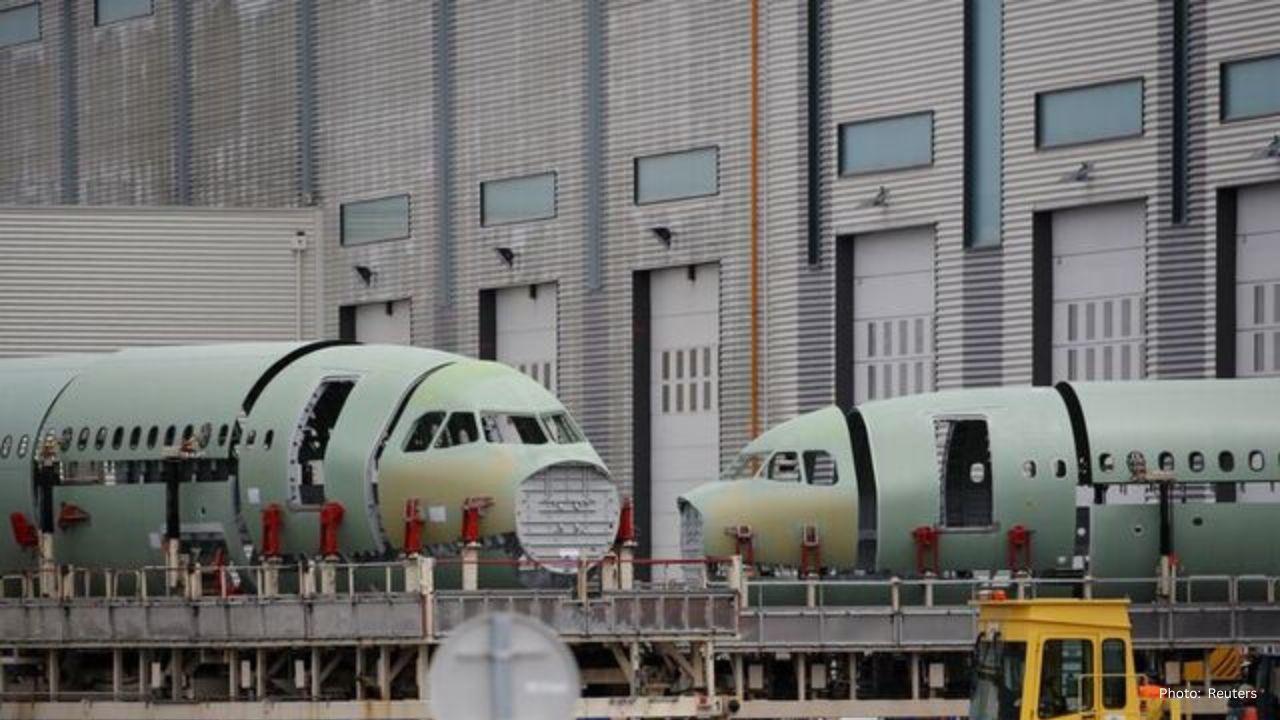
Post by : Meena Rani
Raytheon Technologies’ Advanced Defensive Electronic Warfare (ADVEW) prototype has passed a critical software‑and‑hardware integration review, marking a significant step toward replacing legacy electronic warfare (EW) suites on naval aircraft. The assessment validated progress across the prototype’s software development, its integration with flight‑representative hardware, and interoperability with essential self‑protect subsystems — all aligned to the U.S. government’s reference architecture.
Company leadership described the milestone as pivotal for ensuring the prototype meets the accelerated fielding timeline established by the U.S. Navy. Dan Theisen, president of advanced products and solutions at Raytheon, emphasized that the system’s advancing software and hardware complement the aircraft’s capability to detect and counter modern electronic threats.
What the review covered
The recent checkpoint focused on several technical and programmatic elements:
Software maturity: Verification of flight‑representative code builds, including safety checks and real‑time processing routines necessary for threat detection and response.
Hardware integration: Demonstration of how the prototype’s processing and radio frequency components interface with flight‑representative hardware to emulate airborne operations.
Subsystem interoperability: Validation that ADVEW integrates seamlessly with existing self‑protect subsystems (sensors, warning receivers, and countermeasure controllers).
Alignment to reference architecture: Assurance that the solution fits within government‑defined architectures to simplify future integration and sustainment.
Test planning coordination: Completion of a Test Plan Working Group to coordinate in‑flight validation and streamline performance evaluations.
The review was structured to reduce integration risk and ensure that subsequent flight demonstrations and government integration testing proceed efficiently.
Why this matters for survivability and fleet readiness
Electronic warfare systems are a core element of modern aircraft survivability. Upgrading to an advanced, modular EW suite like ADVEW promises several operational benefits:
Improved detection: Enhanced algorithms and sensor integration increase the ability to detect low‑probability or sophisticated emitters.
Faster response: Tighter software‑hardware coupling and refined threat libraries can reduce detection‑to‑response timelines.
Modularity and upgrades: A reference‑aligned, modular architecture enables faster updates and insertion of new capabilities as threats evolve.
Fleet commonality: Shipset deliveries and standardized interfaces reduce integration time across different aircraft types and service integrators.
For the U.S. Navy and other operators, these improvements translate into reduced risk of mission loss from electronic attacks and more predictable maintenance and upgrade pathways.
Next steps: demonstrations, shipsets, and government integration testing
Raytheon stated it will continue demonstrations in the coming months while delivering shipsets — complete hardware suites intended for government‑run integration trials. The company’s Test Plan Working Group aims to coordinate flight testing so that in‑flight performance can be evaluated efficiently and consistently.
Planned activities include:
Further system demonstrations that showcase ADVEW’s detection and countermeasure capabilities in flight‑representative scenarios.
Delivery of shipsets to government test facilities for integrators to perform system‑level testing and alignment with platform interfaces.
Government‑run integration testing, where ADVEW will be evaluated within target aircraft configurations under a range of operational conditions.
Successful completion of these items will be key to meeting the U.S. Navy’s accelerated fielding timeline and enabling wider operational deployment.
Program and industry implications
ADVEW’s progress reflects growing emphasis across defence programs on open architectures and rapid insertion of software capabilities. By focusing early on software‑hardware integration and standardized interfaces, Raytheon is aiming to reduce later rework — a common cost and schedule driver in complex EW programs.
If the prototype continues to meet milestones, the program could set a precedent for how next‑generation electronic warfare systems are developed and integrated across naval and allied aircraft fleets. The wider industry will be watching how shipset deliveries and government integration testing proceed, as those steps typically reveal real‑world integration challenges and inform procurement timelines.
Bottom line
The recent review of Raytheon’s ADVEW prototype confirms meaningful advancement in both software development and hardware integration, positioning the program to move into demonstration and government integration phases. With coordinated test planning and upcoming shipset deliveries, ADVEW is being readied to enhance aircraft survivability against evolving electronic threats and to align with an accelerated fielding schedule set by the U.S. Navy.
ADVEW, Raytheon, electronic warfare, EW prototype, aircraft self-protection










Advances in Aerospace Technology and Commercial Aviation Recovery
Insights into breakthrough aerospace technologies and commercial aviation’s recovery amid 2025 chall

Defense Modernization and Strategic Spending Trends
Explore key trends in global defense modernization and strategic military spending shaping 2025 secu

Tens of Thousands Protest in Serbia on Anniversary of Deadly Roof Collapse
Tens of thousands in Novi Sad mark a year since a deadly station roof collapse that killed 16, prote

Canada PM Carney Apologizes to Trump Over Controversial Reagan Anti-Tariff Ad
Canadian PM Mark Carney apologized to President Trump over an Ontario anti-tariff ad quoting Reagan,

The ad that stirred a hornets nest, and made Canadian PM Carney say sorry to Trump
Canadian PM Mark Carney apologizes to US President Trump after a tariff-related ad causes diplomatic

Bengaluru-Mumbai Superfast Train Approved After 30-Year Wait
Railways approves new superfast train connecting Bengaluru and Mumbai, ending a 30-year demand, easi